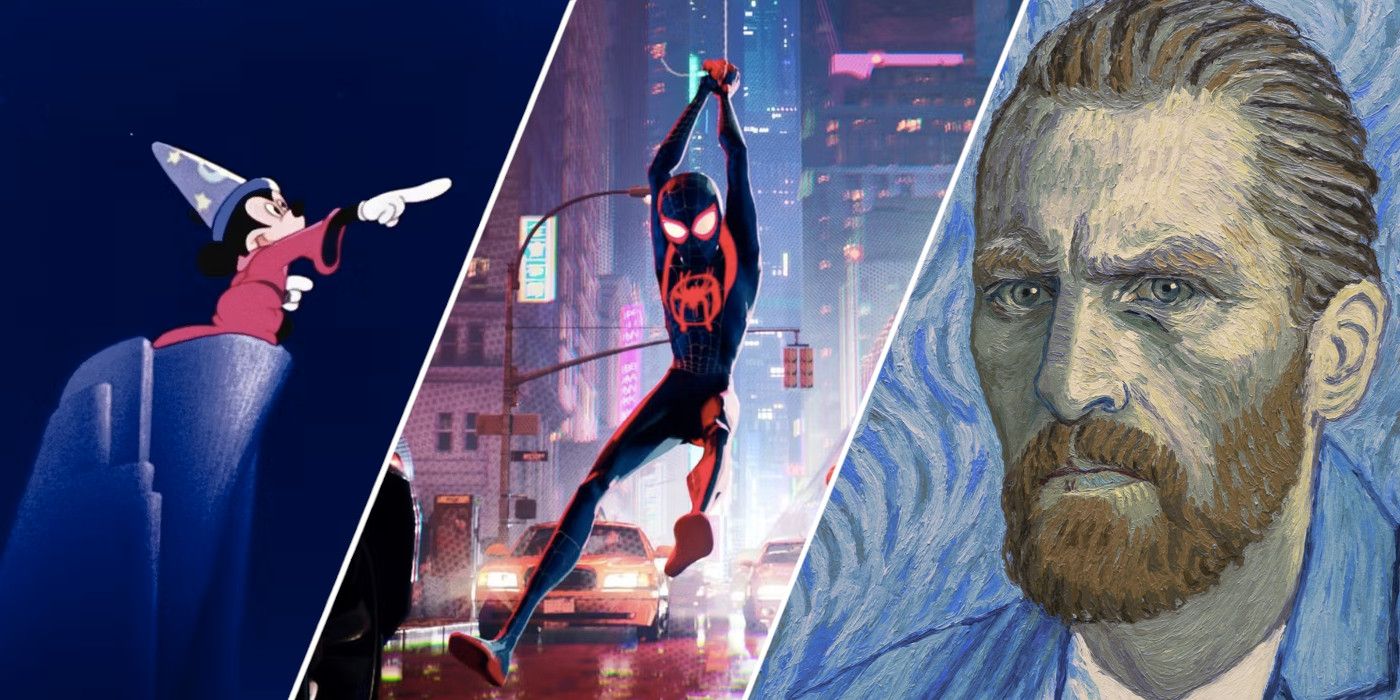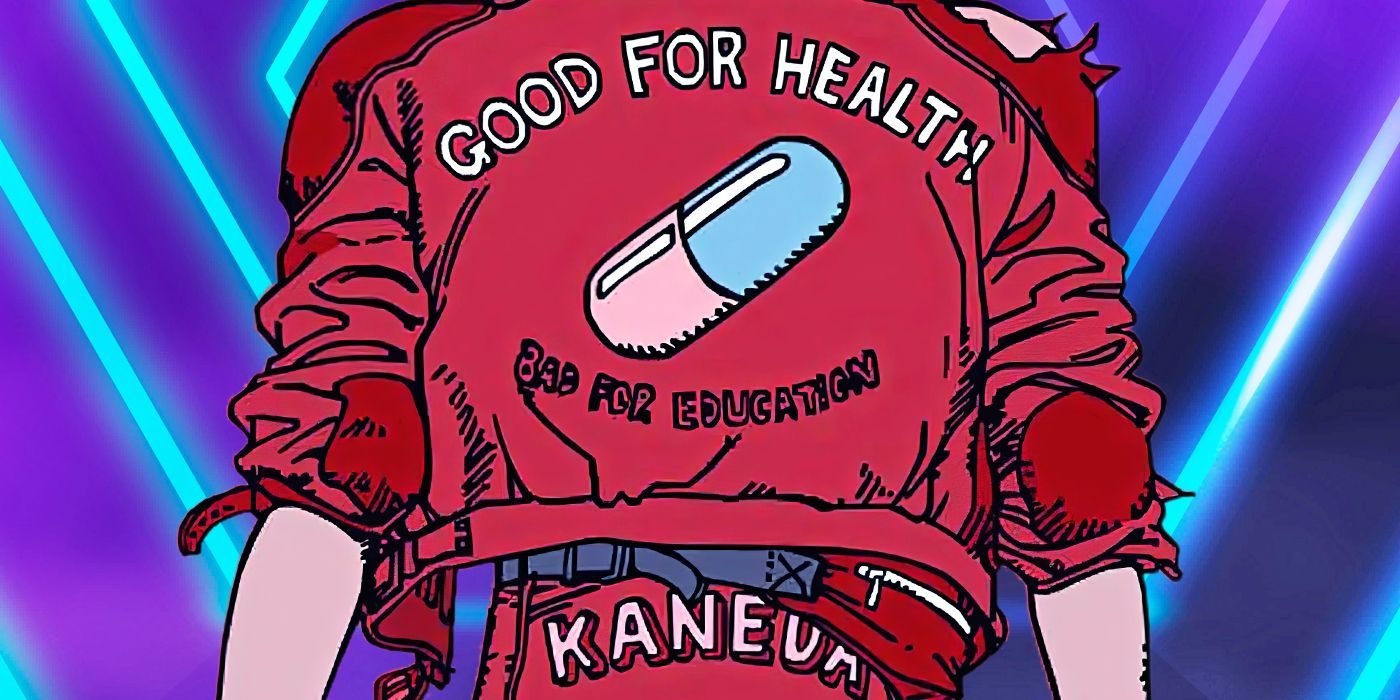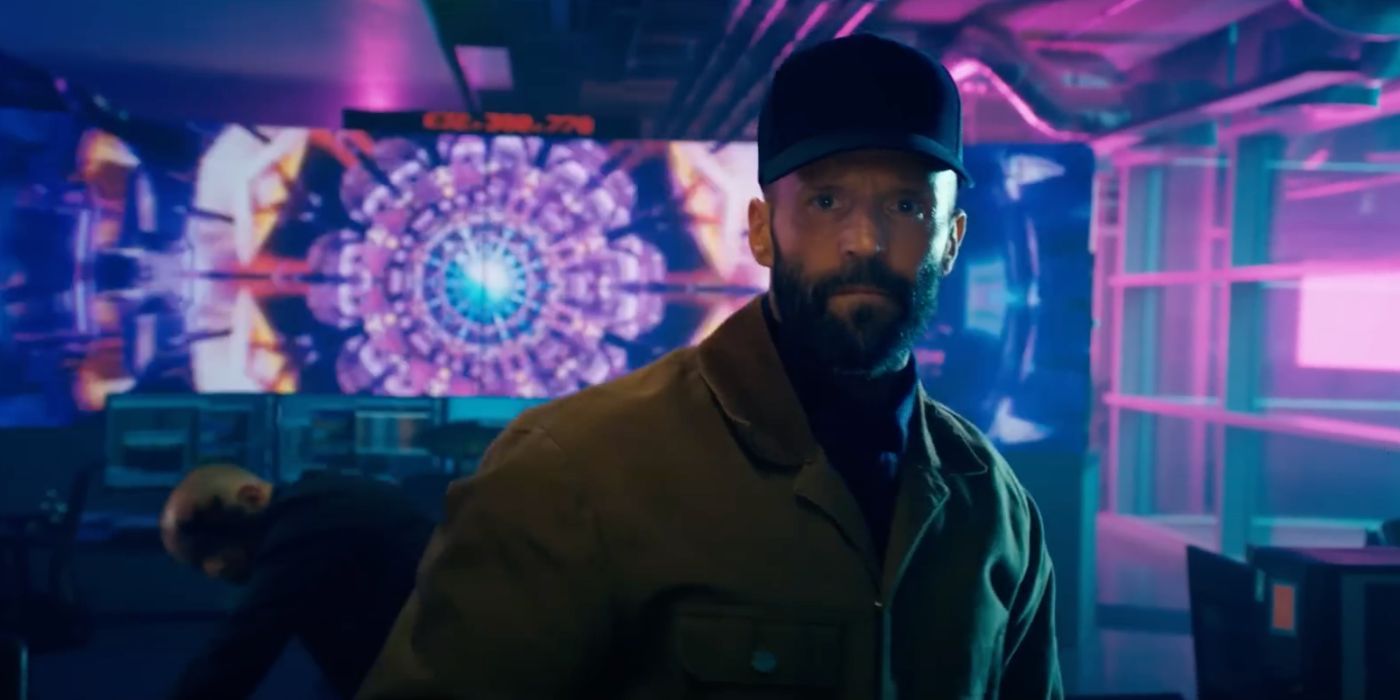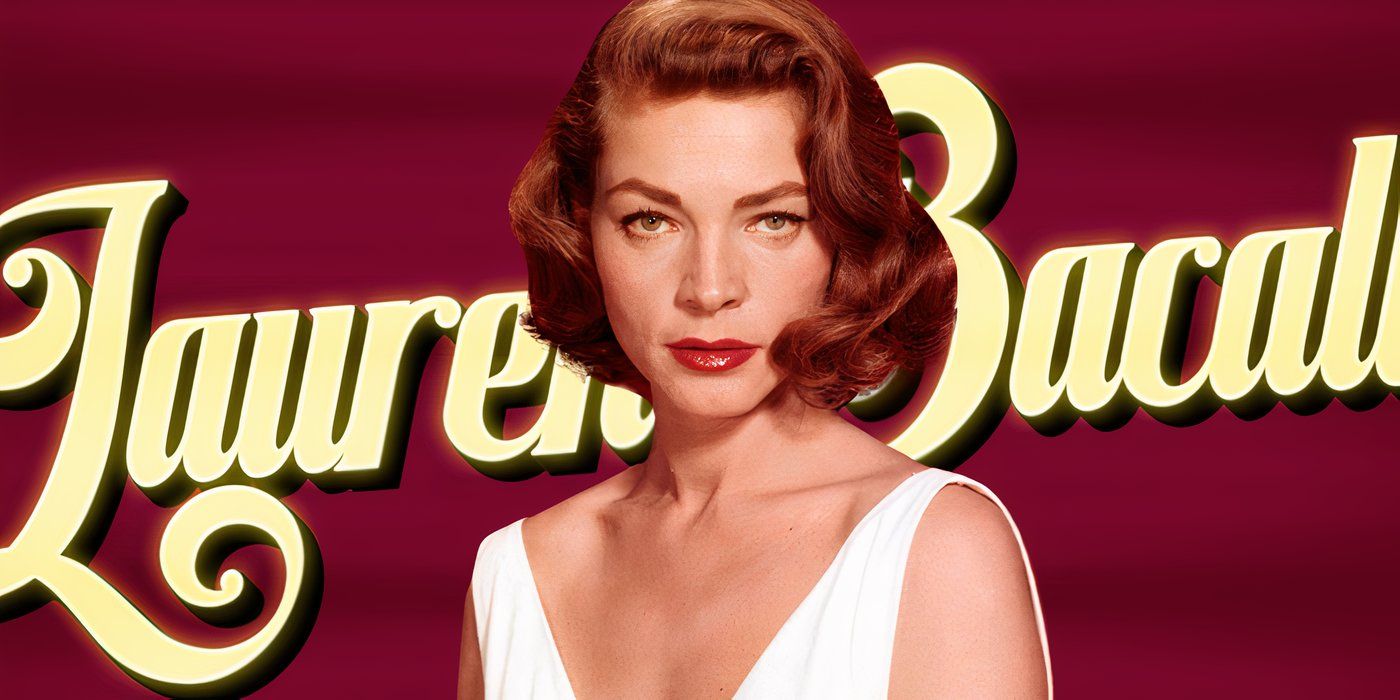The Big Picture
-
Akira
revolutionized anime and inspired generations with its groundbreaking animation and thought-provoking storyline. - Set in a dystopian future,
Akira
‘s impact on pop culture is unparalleled, influencing iconic sci-fi prohects like
The Matrix
and
Stranger Things
. - The film’s legacy transcends time, showcasing the transformative power of anime and solidifying its place in the world of science fiction.
The origins of science fiction can be traced back hundreds of years. On film, however, A Trip to the Moon (1902), directed by legendary filmmaker Georges Méliès, is considered to be the first sci-fi ever made. Since then, the sci-fi world has seen a tremendous shift worldwide, especially involving the multi-billion-dollar Japanese animation industry. During the ’80s and ’90s, anime reached an unforeseen peak that sparked the attention of Western audiences, but one mind-blowing movie changed the course of animated movies for decades.
Akira (1988) is the groundbreaking, animated cyberpunk film based on a 1982 manga of the same name. Katsuhiro Ôtomo, who wrote the original manga and directed the movie, created one of the most influential science-fiction animations of all time. The film helped shape the future of modern-day sci-fi culture with its innovative animation techniques, unconventional storyline, and unprecedented ambition. Akira might seem outdated now, but its impact inspired generations of artists, and even some of the most beloved sci-fi movies we treasure today, altering pop culture forever.
Akira (1988)
A secret military project endangers Neo-Tokyo when it turns a biker gang member into a rampaging psychic psychopath who can only be stopped by a teenager, his gang of biker friends and a group of psychics.
- Release Date
- July 16, 1988
- Director
- Katsuhiro Otomo
- Cast
- Mitsuo Iwata , Nozomu Sasaki , Mami Koyama , Taro Ishida , Tesshô Genda , Mizuho Suzuki , Tatsuhiko Nakamura , Fukue Itō , Kazuhiro Shindō
- Runtime
- 124 Minutes
- Writers
- Katsuhiro Otomo , Izô Hashimoto
- Budget
- $5.7 Million
- Studio(s)
- Tokyo Movie Shinsha Co. Ltd
‘Akira’ Came Out During the Golden Age of Anime
Set in the metropolis of 2019 Neo-Tokyo, Akira tells the story of a biker gang called “The Capsules” 30 years after the Japanese government dropped an atomic bomb on the city. Lead biker Shotaro Kaneda (Mitsuo Iwata) and his friends get entrapped in a secret government project involving children. Kaneda’s childhood friend, Tetsuo Shima (Nozomu Sasaki), suddenly gains supernatural, telekinetic abilities after a motorcycle accident, leading him on an existential path of destruction. As Kaneda tries to save his friend from the corrupt and incompetent government, he faces money-crazed politicians and psychotic scientists while learning about the dangers of technology that could lead to the annihilation of humanity.
Around the mid to late ’80s, anime was a relatively unknown medium. Akira woke the world to the power of animation, and since then, no other anime has reached the seismic effect Katsuhiro Ôtomo’s cyberpunk masterpiece has had on the industry. Akira looks and feels drastically different from what anime has transformed into today. The film emerged during the Golden Age of anime. Japanese animators began to realize the potential the industry had in reaching all kinds of audiences and experimental stories (meaning more violent, sexual, and emotional content) were taking over the spotlight. This period gave birth to iconic films like Angel’s Egg (1985), Appleseed (1988), and My Neighbor Totoro (1988).
At the time of Akira‘s release, there was nothing like it around. Most of the animation in the ’80s was known to be fully hand-drawn, with Studio Ghibli being the renowned tyrant of Japan’s market. When Akira‘s animators came together, they sought to break the limitations anime provided audiences. Akira hired one of Studio Ghibli’s lead animators, Makiko Futaki, onto the team. Futaki was only one of 68 key animators who helped make over 150,000 animation cells. This surpassed the benchmark of films like Nausicaä of the Valley of the Wind (1984) and was incomparable to the styles of ’80s Disney films.
‘Akira’ Redefined the Limitations of Animation
The animation boundaries Akira cracked were thanks to its massive budget of over 700 million yen (initially believed to be 1.1 billion yen). The results of the animators’ transcendent work resulted in the animation flowing like liquid. Every scene in Akira is packed with gorgeous movement; everyone and everything is moving, whether it is a flashing light or the tiniest facial expression. There’s never a still moment. The complex animation is so detailed it creates the chaotic atmosphere that Akira‘s dystopian story revolves around.
Beyond the stunning visual effects, Akira‘s iconic legacy lies in its moving storyline, which has many Westernized footprints; Ôtomo borrows from Stanley Kubrick‘s Space Odyssey 2001 (1968) and Ridley Scott’s Blade Runner (1982), among others. Akira weaves together themes such as political corruption, sacrifice, warfare, scientific power, and friendship. Thematically, the movie was way ahead of its time. It emphasizes the aftermath of a struggling, war-torn society that brings out the darkest truths of human greed and technological advancement. By centering the narrative around a bunch of kids, the audience easily becomes spellbound by Tetsuo’s thought-provoking challenges on his philosophical journey. Although the world of Akira is saturated with punky city landscapes and advanced technology, the plot envelops you with profound life messages that resonate with our ever-growing reality today.
It’s astonishing to believe that George Lucas and Steven Spielberg famously turned down the offer to bring Akira to the United States a year before its successful release in Japan. The sci-fi thriller paved the path for other creators to level with the story’s detail-oriented blueprint, grossing over $2 million dollars internationally. The groundbreaking animation became a cult classic and touched the hearts of dozens of modern filmmakers, playing a critical role in the future of anime as a respected art form that could rival Hollywood’s biggest features.

From ‘Akira’ to ‘Princess Mononoke’: 10 Most Visually Stunning Animated Movies
The animation and style of these movies put them in a league of their own.
‘Akira’ Inspired Sci-Fi Classics From ‘The Matrix’ to ‘Stranger Things’
Akira inspired a wave of anime to follow in its footsteps, such as Ghost in the Shell and Cowboy Bebop. Countless auteurs have cited Katsuhiro Ôtomo’s landmark as their model for their sci-fi epics; without Akira, The Matrix, Looper, and even Stranger Things wouldn’t exist in their current forms. Stylistically, these films have borrowed the best elements from Akira. For The Matrix, visual director John Gaeta was influenced by Akira‘s fluidity for the action scenes, particularly the famous bullet time effect. He favored using overlapping imagery to make the characters move at an unnatural pace. At the 2022 San Diego Comic-Con, Keanu Reeves also expressed that Neo and Tetsuo share a similar psychokinesis ability. Furthermore, it’s clear that The Matrix‘s gritty post-war cyberpunk and warring plot points pay homage to Akira.
The Duffer Brothers admitted in an interview that Akira was an influence for Stranger Things. Eleven (Millie Bobby Brown) inherits her supernatural powers from a government experiment just as Tetsuo obtains his abilities. The “hospital” playroom, where Eleven discovers her mind control gifts, emulates the same concept of the children in Akira being held against their will in captivity. Dr. Martin Brenner (Matthew Modine), is similar to Doctor Onishi (Mizuho Suzuki) as they are greedy and obsessed with scientific power. More so, both projects tell the story of a corrupt government pushing kids into life-threatening, monstrous situations; Stranger Things and Akira’s similarities are uncanny.
Rian Johnson, director of Star Wars: Episode VIII – The Last Jedi, stated he was inspired by Tetsuo for his creation of Cid (Pierce Gagnon). In Looper, Cid is a young boy who loses control over his telekinetic abilities. More importantly, the most famous scene TV shows and films imitate from Akira is the famous “Akira Slide.” This one moment lasts no more than a few seconds, showing Kaneda stopping his bike in a sliding effect. Movies like X-Men Origins: Wolverine, Nope, and shows like Batman: The Animated Series, Pokémon, Star Wars: The Clone Wars, Adventure Time, and Teenage Mutant Ninja Turtles have all utilized the Akira Slide throughout the decades.
There’s no denying the legendary reputation Akira holds within the world of science fiction. The timeless film stands as proof of the transformative power of anime that continues to persist today and Akira‘s innovative animation techniques and emotional storytelling will always be a spectacle to look back on year after year.
Akira is available to stream on Hulu in the U.S.
Watch on Hulu



